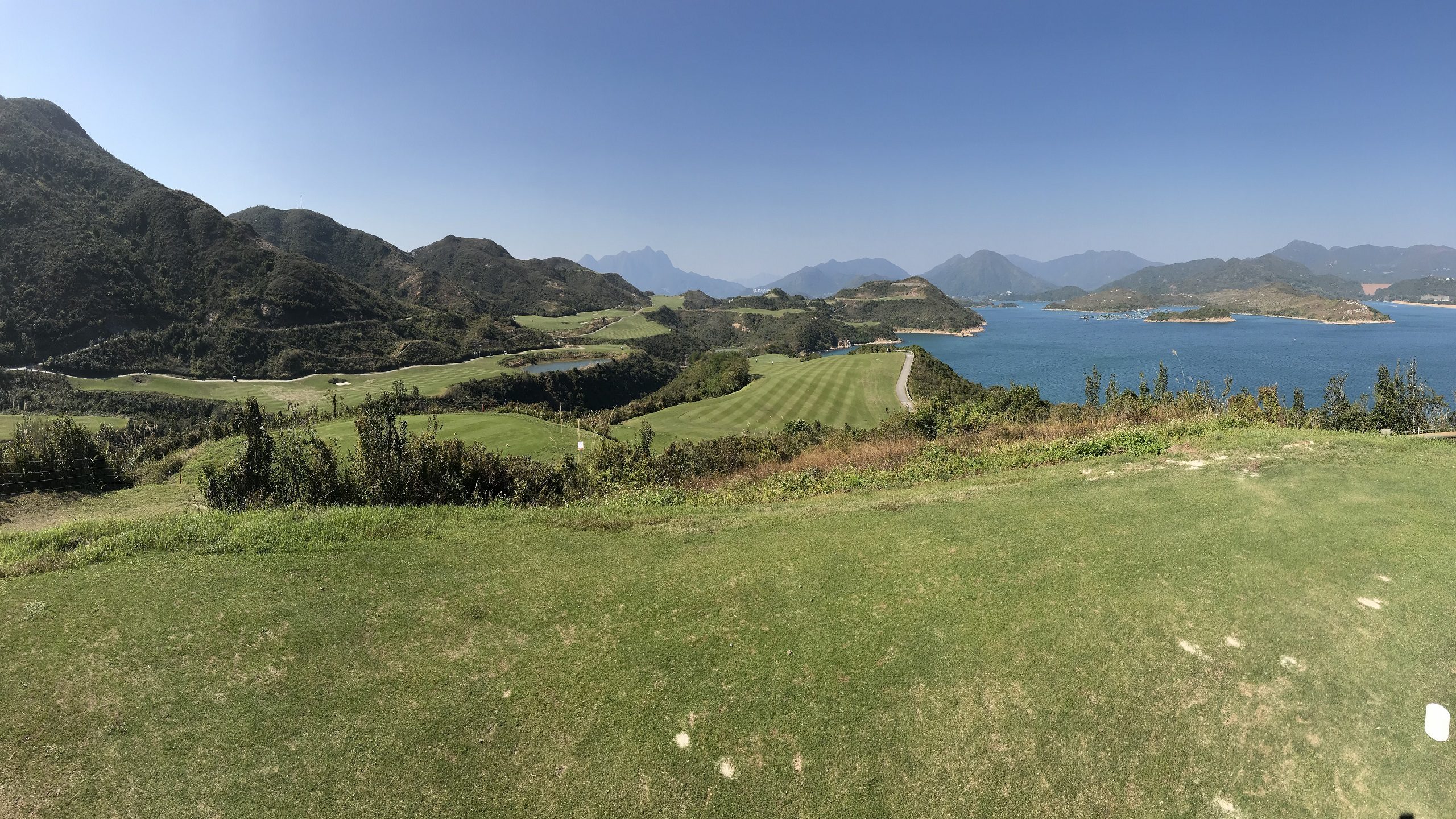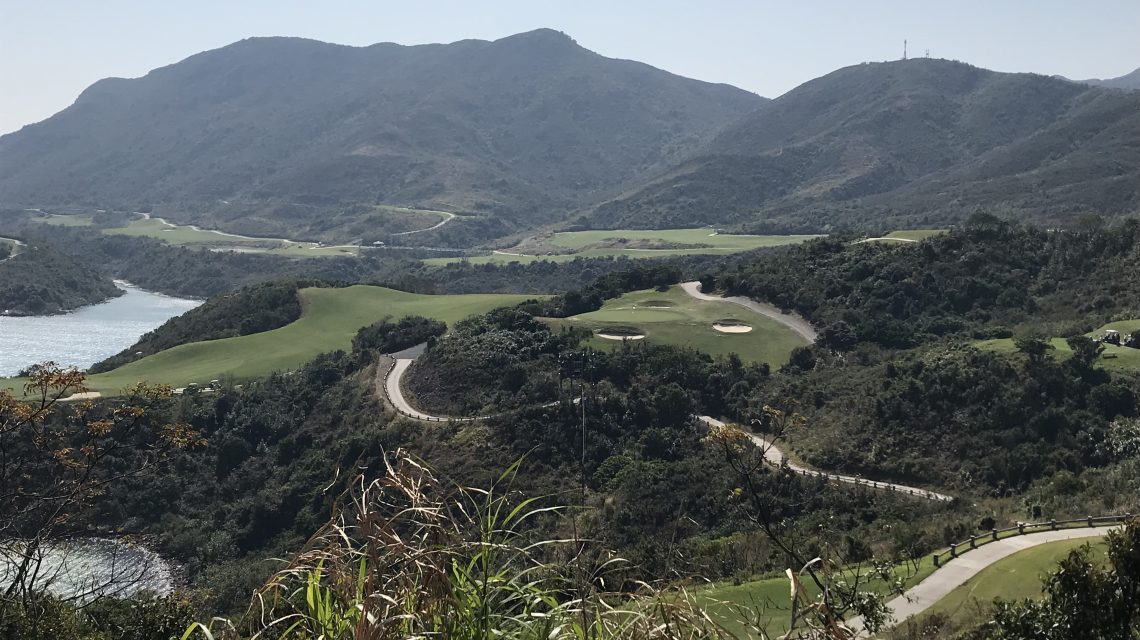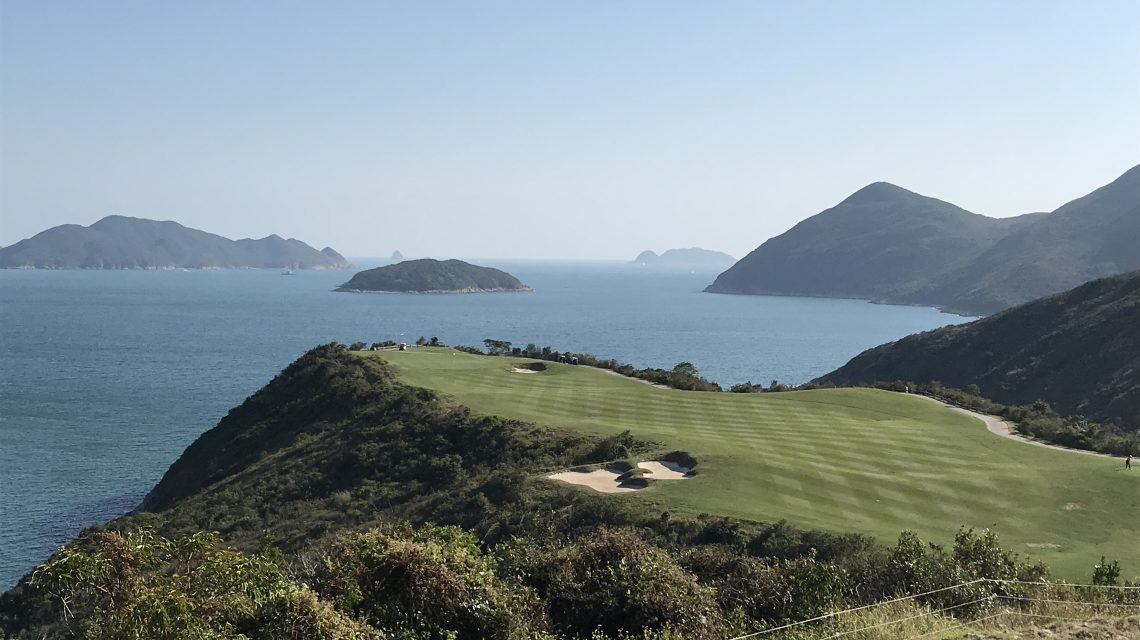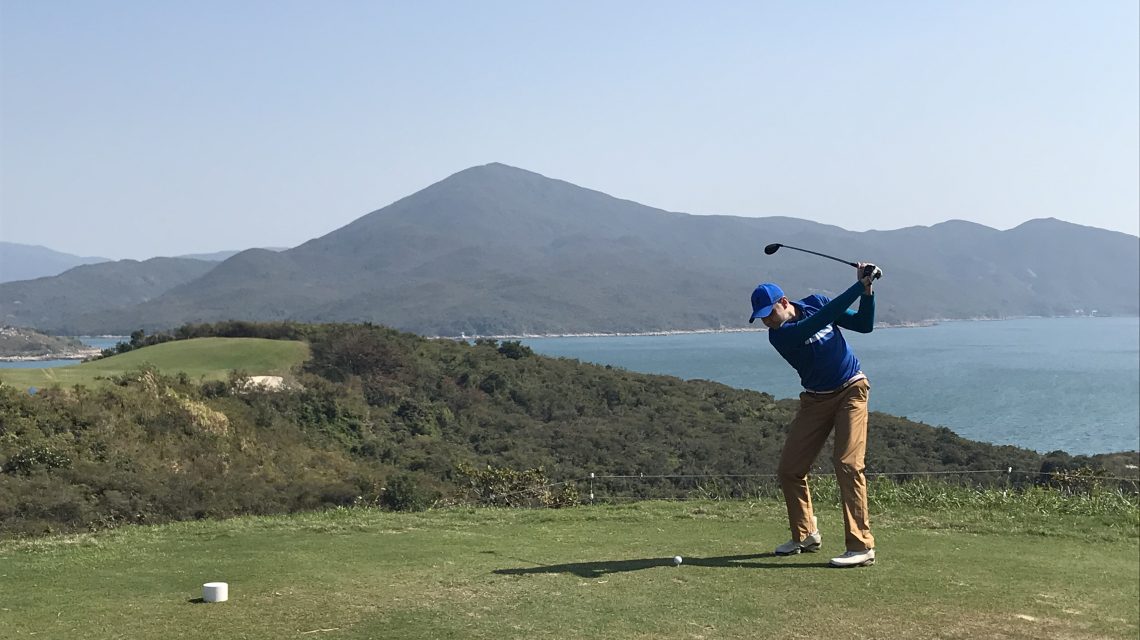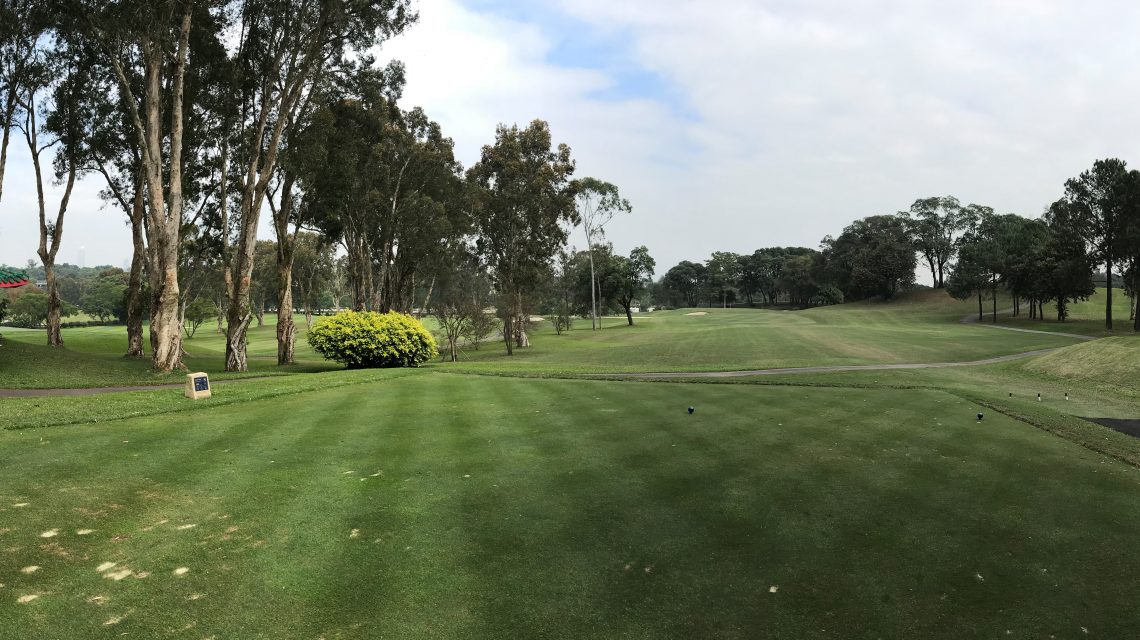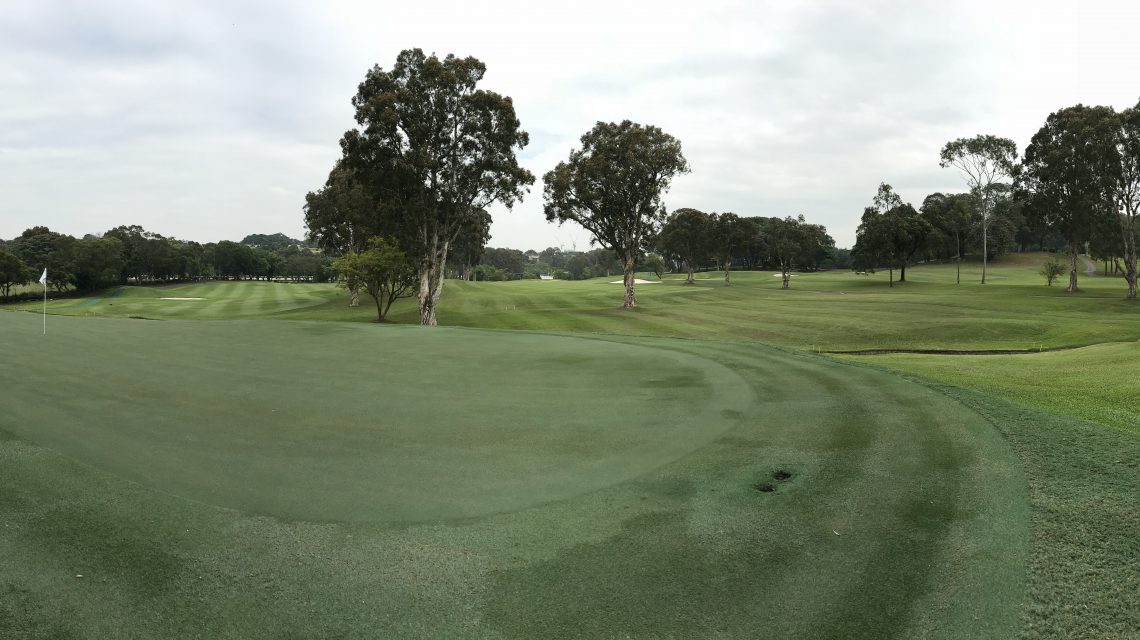Rob Weider: The best courses in Vietnam
I’ve spoken here about how much I love Vietnam – both as a growing property investment opportunity, but also as a fascinating place to visit. Historically and culturally it has a huge amount to offer visitors – but it’s also a great destination for those of us looking for a round of golf on one of its many beautiful golf courses. We’ve already talked about Danang as an attractive destination for investment – but one of the aspects of the area that makes it so appealing to foreigners is the growing number of golf courses springing up along the coast there. Here are some of my favourite courses in Vietnam – in the Danang area and beyond.
- BRG Danang Golf Resort
Like many of the very best courses in the world, this one is as much about the spectacular setting as it is the course itself. Originally designed by Greg Norman, now with the addition of a Jack Nicklaus-designed course it’s 36-holes of pure links-style pleasure (and pain) with a backdrop of stunning mountains. A real favourite, and a challenging course that will truly test you to the limit.
- The Bluffs at Ho Tram Strip
It was a real toss-up for me between this course and BRG Da Nang Golf Resort – they’re both such beautiful courses, but this one really is something special. It won ‘The World’s Best New Golf Course’ in 2015, and it’s easy to see why. It’s another Greg Norman creation, and there is something very impressive about how the design team have used the landscape of Ho Tram to produce such a tough golf course. Its 18 holes are varied and testing, and it deserves every accolade it has earned since it opened. A must-visit for any serious golfer looking for a challenge.
- Chi Linh Star Golf and Country Club
This one is something a bit different – it’s located in a beautiful valley halfway between Hanoi and the coast, and it’s one of those courses that can really catch out the unsuspecting player. Water hazards play a really important role here – not least the huge lake next to the 5th and numerous holes that have their pin located on an island. It’s not one for the faint-hearted – and you will find the water plenty of times – but it’s definitely an experience I’d recommend for those of you who enjoy a course that makes you think a bit.
- Vietnam Golf & Country Club
I had to include Vietnam Golf & Country club for a couple of reasons. Firstly, it’s an easy one to get to – it’s only a short hop from Ho Chi Minh City – and with 36 holes of testing golf available its an easy choice for anyone looking to get their first taste of golf in Vietnam. Secondly, it’s a really nice mix of courses that offers something for everyone – the West Course is a trickier proposition, while the East Course can be a little bit more forgiving. I love the Vietnam Golf & Country Club for its facilities too – two great courses, good restaurants and yet another breathtaking setting. A perfect advert for Vietnamese golf.
- Twin Doves Golf Club
Another one that’s local to Ho Chi Minh City, Twin Doves Golf Club offers 27 holes of interesting and challenging golf. The clubhouse here is great too – another really nice restaurant where you can sit and reflect on your round. I’m a particular fan of the Stella course – it’s a good level and the fairways and greens are in great condition. The rolling greens offer a particular challenge on all three of the nine-hole courses – all in all a great day out from nearby Ho Chi Minh.
- King’s Island Golf Club
54 holes (including another Jack Nicklaus gem) set on an island in the middle of a lake – King’s Island is an oddity, but a fascinating challenge for any golfer. Dong Mo Lake – at the foot of Ba Vi Mountain – is a beautiful setting, and you can choose between two challenging courses, the Lakeside and Mountain View. It’s one of the oldest courses in Vietnam, (despite only opening in 1993!), and it’s a real favourite of mine when I’m staying in Hanoi.
